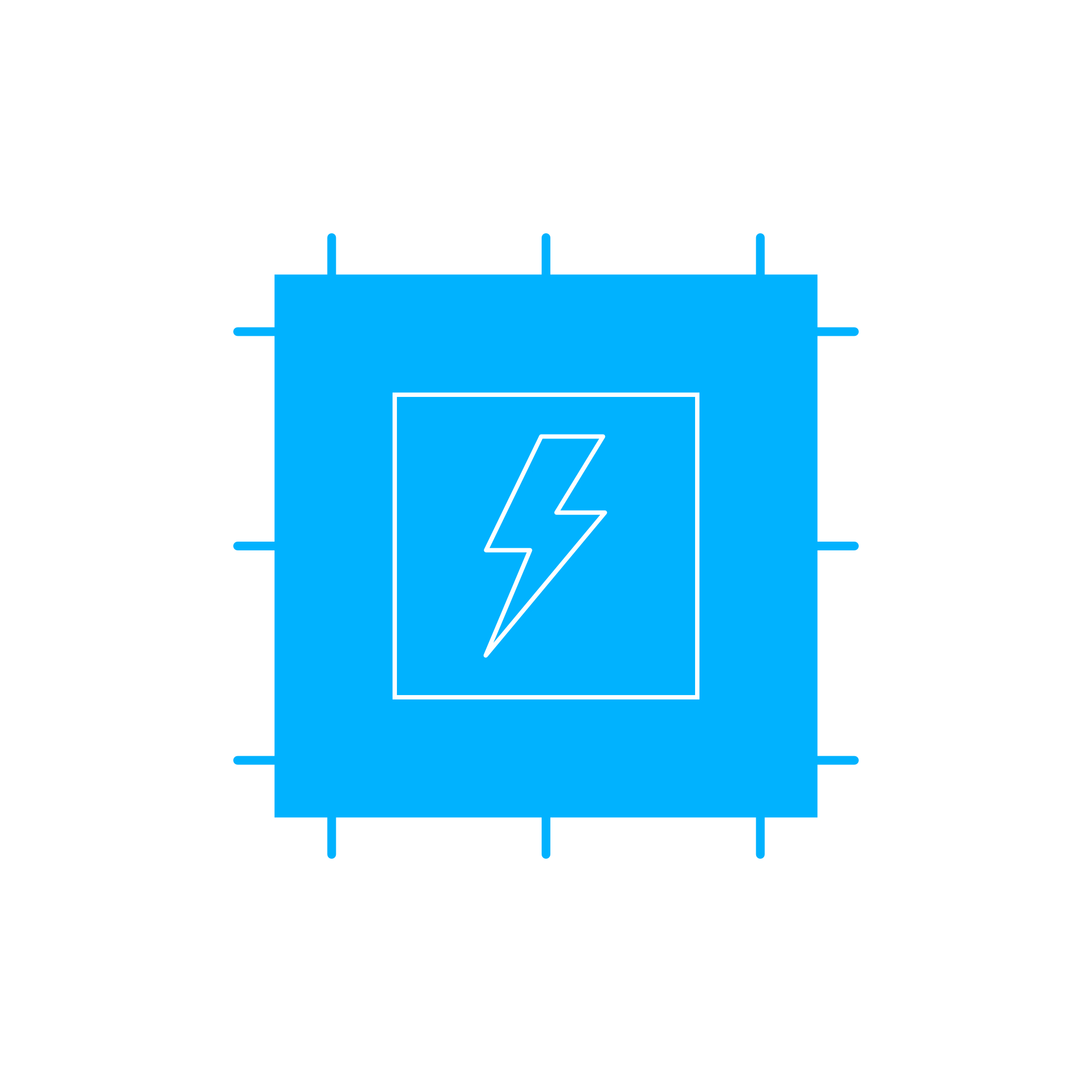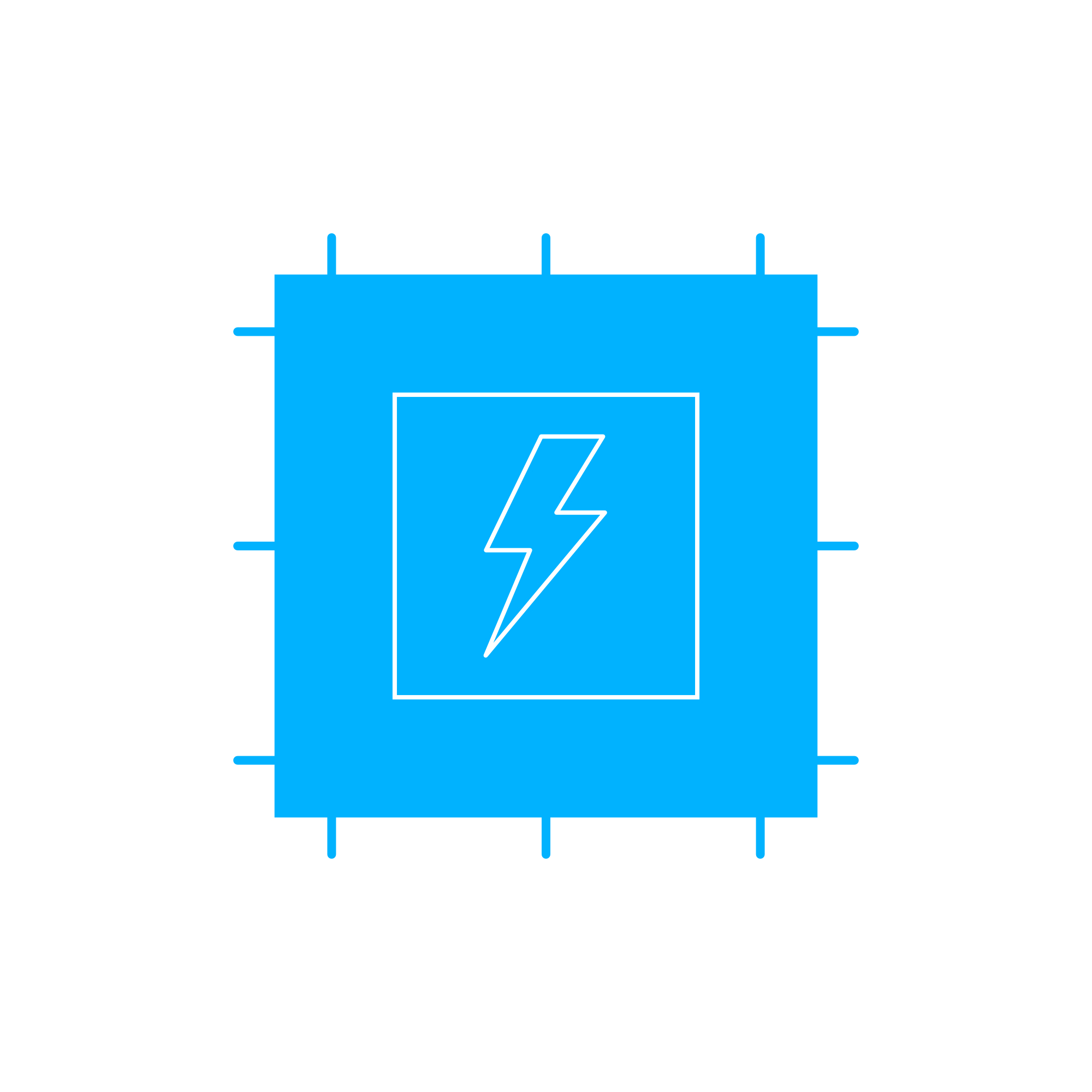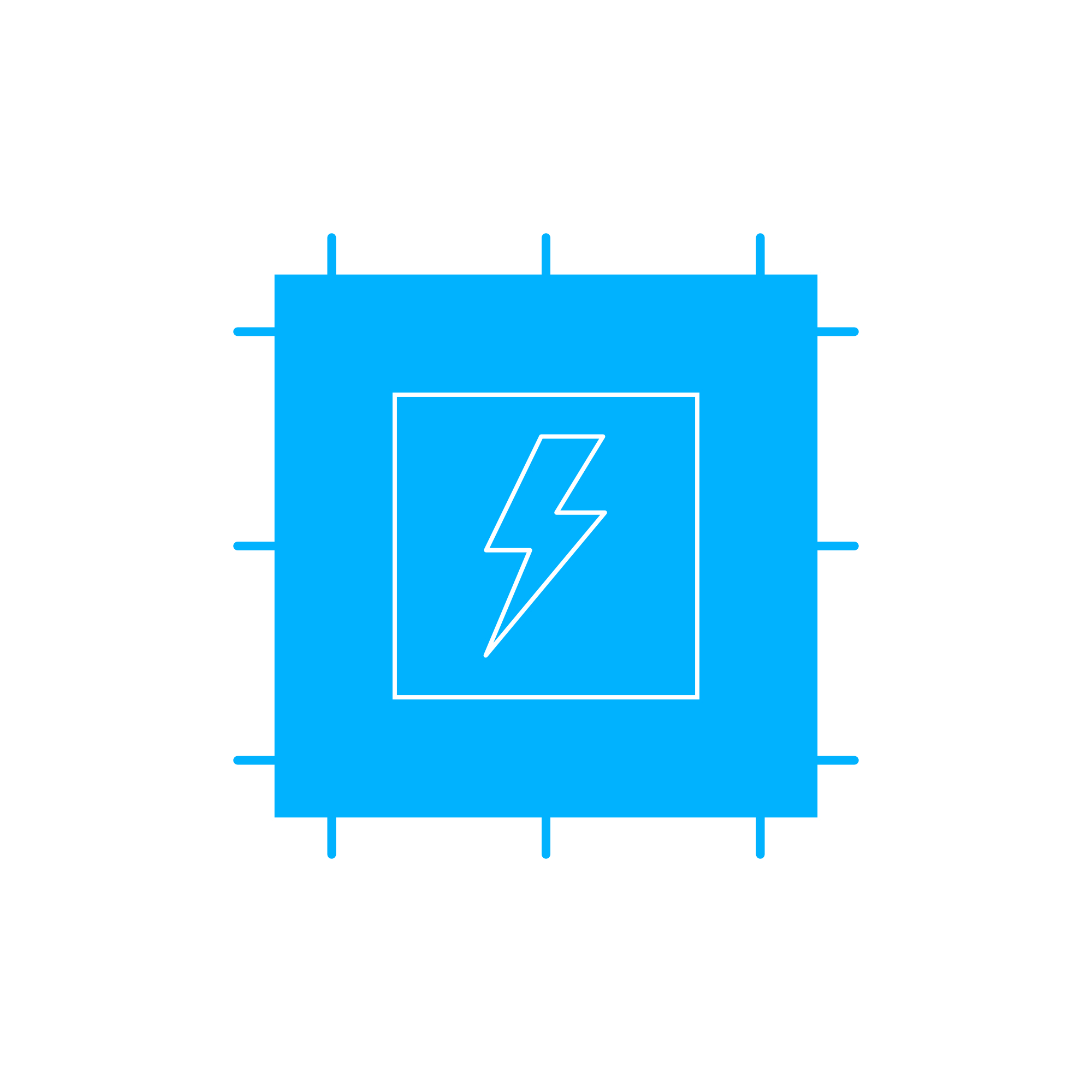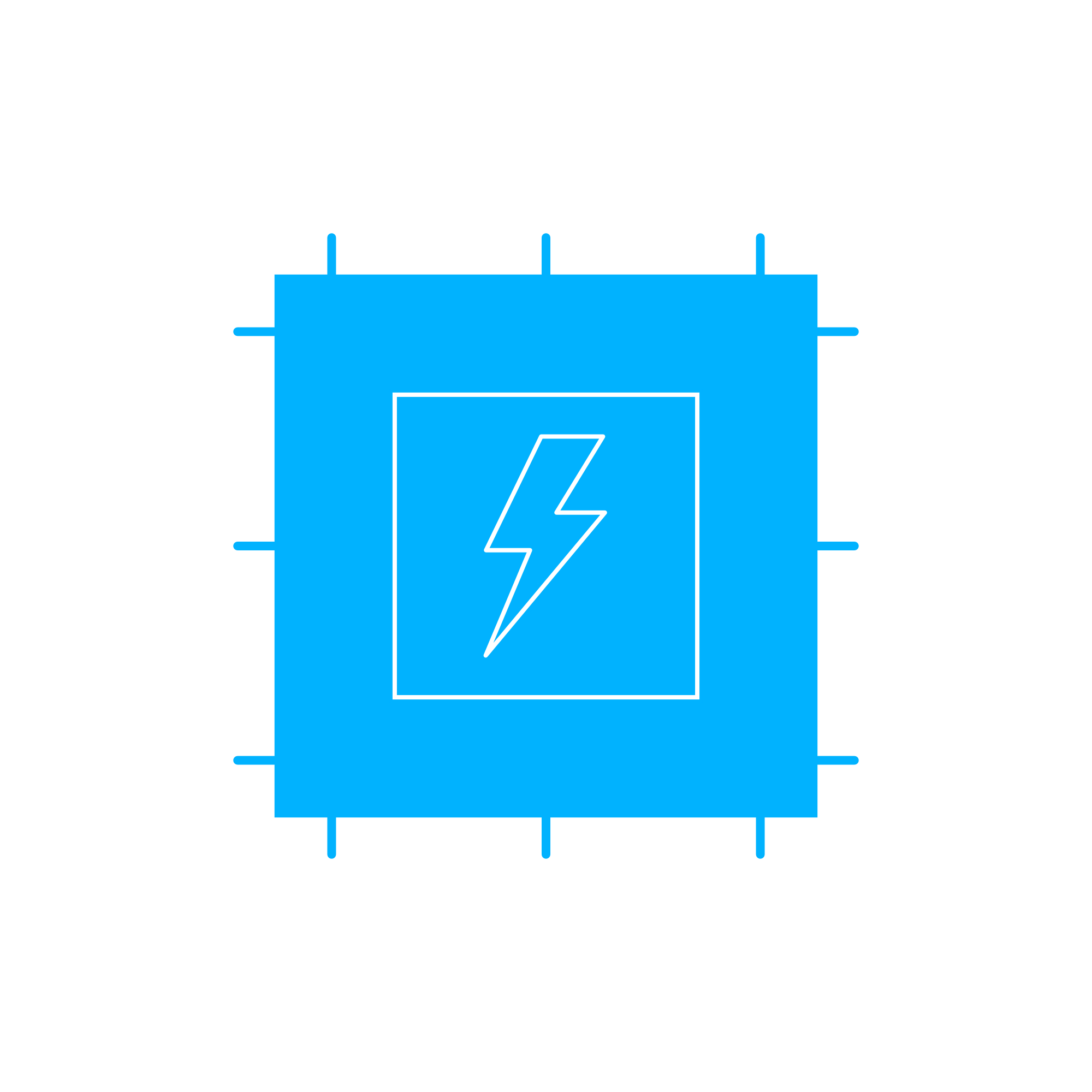RECTIFIER and Electric Components and Switches for Marine and Diesel Engines
Electric components and switches form the nervous system of any engine package. From cranking and charging to control, protection, and power distribution, they direct energy and signals where they are needed and shield critical systems from faults. Within this category, the RECTIFIER stands out as a pivotal building block: it converts alternator AC into stable DC so batteries, ECUs, sensors, and actuators in a marine engine or diesel engine receive clean, dependable power.
In demanding environments—workboats, ferries, offshore platforms, power plants—these parts face vibration, heat, moisture, and salt. Robust design, precise switching behavior, and stable voltage regulation are therefore essential not only for starting reliability, but also for fuel efficiency, emissions compliance, and onboard safety. When specified and maintained correctly, electric components and switches extend engine service life and reduce costly downtime.
Technical function of Electric Components and Switches with RECTIFIER in a marine engine
During operation, the alternator produces three‑phase AC. The RECTIFIER assembly converts this into DC and feeds the 12/24/32 V bus to keep batteries charged and electronics supplied. A voltage regulator maintains the setpoint under varying load and speed, while protective devices—circuit breakers, thermal fuses, and surge suppressors—prevent overcurrent and transient damage. Switchgear such as contactors, relays, and pushbutton switches routes power to starter motors, fuel lift pumps, preheaters, and control circuits. Pressure, temperature, and level switches act as interlocks for alarms and shutdowns, protecting the engine in the event of lube oil loss, overheat, or coolant issues.
In genset applications, the electrical scope expands with AVRs, synchronization relays, droop/load‑sharing modules, and engine control units that depend on clean DC. Here, the RECTIFIER in a diesel engine charging system directly influences low‑ripple power quality; excessive ripple raises component temperatures, disturbs sensor readings, and can cause random ECU resets. Proper rectification, heat sinking, and cable routing minimize voltage drop and noise, improving cranking speed, charge acceptance, and overall electrical efficiency.
How the RECTIFIER stabilizes DC supply in a diesel engine
A modern diode bridge or controlled RECTIFIER converts alternator AC via high‑current diodes mounted on a heat sink. Thermal design, junction temperature limits, and reverse recovery characteristics determine efficiency and durability. In marine conditions, conformal coating, sealed connectors, and corrosion‑resistant hardware preserve performance. Correctly matched RECTIFIER OEM parts ensure the alternator’s output curve, regulator behavior, and battery chemistry align—delivering fast recovery after heavy loads (e.g., bow thruster use) without overcharging sensitive electronics.
- · Stable DC bus with low ripple for ECUs and instrumentation.
- · High surge capability for cold‑start and transient loads.
- · Silver‑alloy contacts and low‑resistance paths to reduce heat.
- · IP‑rated housings and sealed connectors for salt‑mist environments.
- · Thermal management via heat sinks and temperature monitoring.
- · Precision voltage regulation at typical 12/24/32 V setpoints.
- · Protective switching: breakers, E‑stop functions, and interlocks.
- · Compliance with marine electrical practices and class expectations.
Importance for engine operation and service life
Reliable electric components and switches are decisive for starting, charging, and safeguarding the powertrain. If a RECTIFIER degrades, diodes can short or open: a shorted device produces high ripple and overheats the alternator; an open diode reduces output and leads to chronic undercharge. Both conditions shorten battery life, cause slow cranking, dim lighting, and unstable control voltage. Contact wear or corrosion in relays and switches increases resistance, creates voltage drops, and fosters localized heating—potentially welding contacts or tripping protective devices at inopportune times.
Undervoltage can force ECUs into limp modes, disrupt CAN traffic, and skew sensor calibration. Overvoltage risks gassing batteries and damaging sensitive electronics. Poorly performing circuit breakers or improperly rated contactors expose cables to overload and can compromise fire safety. In a marine engine, a single electrical failure can interrupt propulsion or auxiliary power, escalate maintenance costs, and jeopardize schedules and compliance. Preventive measures—periodic voltage‑drop checks, ripple measurements at the battery bus, thermal imaging of switchgear, and torque verification on terminals—help keep the electrical backbone healthy.
Advantages of OEM spare parts suitable for Electric components and switches
Selecting OEM spare parts for components such as the RECTIFIER, voltage regulator, relays, and protection devices preserves the engineered performance envelope of your equipment. Dimensional fidelity ensures drop‑in installation without bracket modifications or cable stress. Electrical parameters—setpoints, current ratings, diode characteristics, and contact materials—match the alternator, starter, and control logic for predictable behavior under load and at temperature extremes. The result is faster troubleshooting, shorter downtimes, and stable performance across the service interval.
OEM parts are validated against manufacturer test plans, including thermal cycling, vibration, and salt‑mist exposure. This validation supports long service life, consistent charging efficiency, and safe interruption of fault currents. Procurement teams benefit from clear specifications, traceable batches, and documentation that aligns with fleet maintenance protocols. Over the lifecycle, maintaining a coherent set of OEM components reduces total cost by limiting repeat failures, preserving battery health, and protecting high‑value electronics.
Why choose RECTIFIER OEM parts for a marine engine or diesel engine
A RECTIFIER may appear simple, yet its diode technology, heat dissipation, and mechanical interface must match the alternator and regulator strategy. Using suitably rated RECTIFIER OEM parts keeps ripple within the intended window, supports rapid battery recovery after large draws, and prevents alternator overheating. In multi‑engine installations, consistent rectification and regulation stabilize shared DC buses, improving redundancy and fault isolation.
MOPA: your partner for OEM Electric components and switches, including RECTIFIER solutions
MOPA supplies OEM spare parts for Electric components and switches with a focus on speed, quality, and security. The portfolio covers RECTIFIER bridges, voltage regulators, AVRs, contactors, relays, circuit breakers, start/stop panels, E‑stop devices, sensors, and marine‑grade connectors for diesel and gas engines. With streamlined sourcing, rigorous incoming checks, and traceable logistics, MOPA helps shipowners and plant operators maintain reliable electrical systems and minimize downtime.
From urgent RECTIFIER replacements for a diesel engine alternator to planned overhauls of switchgear on a marine engine, MOPA provides responsive quotations, verified specifications, and delivery options tailored to yard schedules and vessel calls. Technical support assists with cross‑references, setpoint matching, and compatibility across engine platforms—so your DC system stays stable and safe.
Conclusion
Electric components and switches—especially the RECTIFIER—are central to dependable starting, clean charging, and robust protection in marine and diesel engine applications. Keeping these parts in top condition sustains performance, extends service life, and reduces operational risk. Choosing OEM spare parts suitable for Electric components and switches secures fit, function, and long‑term value while safeguarding critical electronics and uptime.







